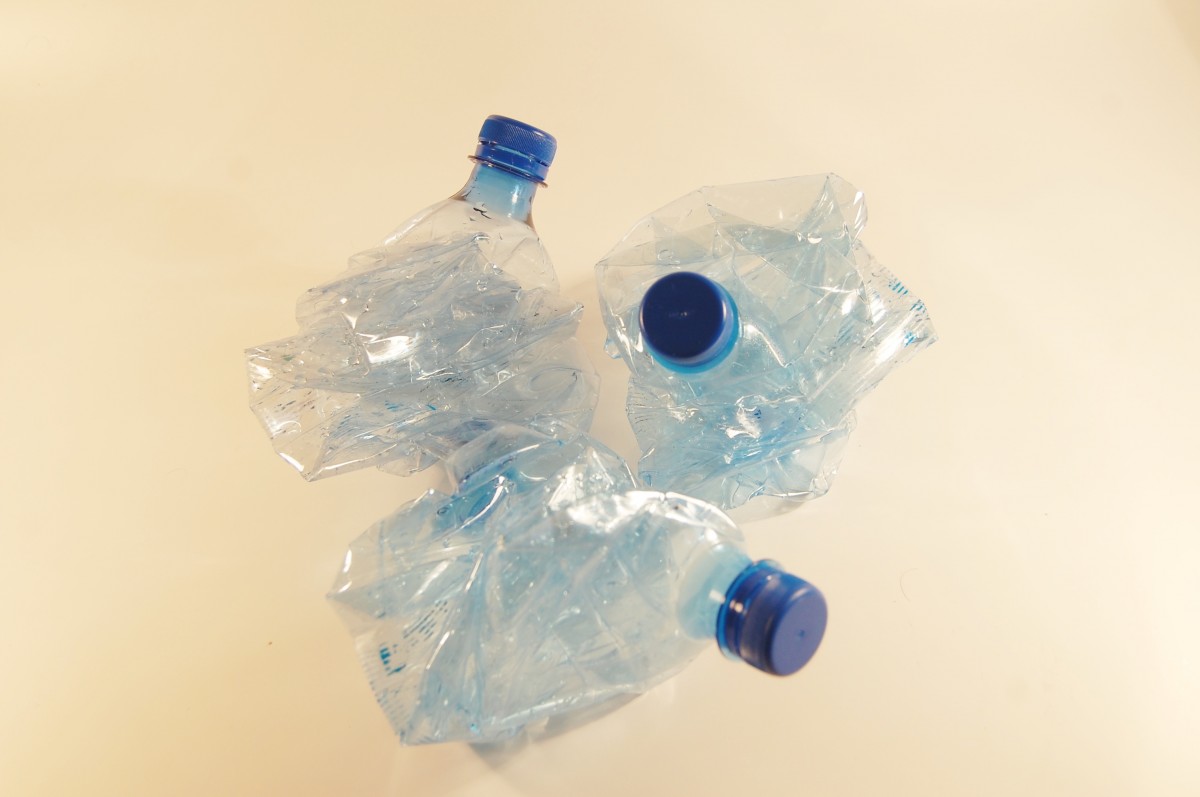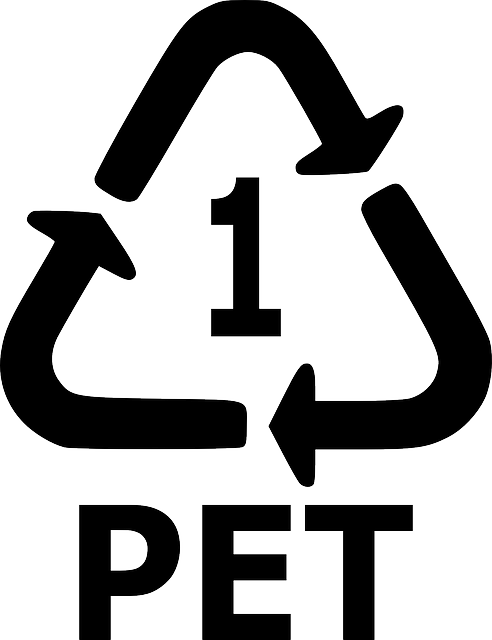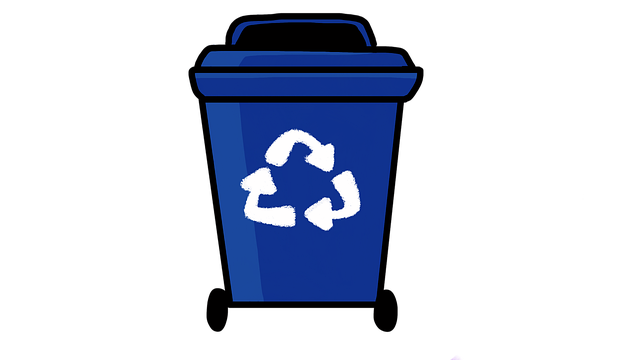Plastic recycling has increased 10-fold in 10 years.
Waste recycling is done according to the type of material:
– plastic recycling;
– metal recovery;
– gold recovery;
– paper recycling, etc.
Plastic recycling allows the creation of many objects.
Plastic recycling: environment and savings
Plastic represents 11% of all waste. For the UN, plastic recycling represents a crucial issue and raises many stakes:
– for the fauna and the flora: in nature, plastic takes between 100 and 1 000 years to degrade;
– for energy:
◦ saves fuel: 1 kg of plastic film = 0.8 kg of crude oil saved;
◦ allows reducing the energy borrowing of professionals: 22 million tons of plastics per year;
◦ allows producing energy: 50% of recycled plastic production = 5 million kilowatt-hours of energy;
– to manufacture new objects: 1 bottle = 7 smart cards;
– to create and sustain jobs: 120 French researchers + 6 plastic processing units;
– to light up: 1 plastic bag = the activation of a 60-watt bulb for 10 minutes.
Certain single-use plastic products produced totally or partially of plastic that is not put on the market to be reused for a purpose identical to the one for which it was created) have been banned from sale since January 1, 2020, to reduce their environmental impact.
Plastic recycling: sorting your plastic bottles

The first step is for consumers to sort their bottles to recycle plastic. It is not necessary to remove the labels. It is enough to throw the bottles in an appropriate container, private or collective.
Good to know: plastic bottles of still water in school canteens are prohibited.
On the other hand, it is necessary to take care never to place in these containers:
– plastic packaging;
– light packaging (yogurt pots);
– or polystyrene trays.
As of January 1, 2022, products placed on the market for households and subject to the extended producer responsibility (EPR) system, excluding household glass beverage containers, must be subject to mandatory and harmonized marking. The signage is twofold: information to the consumer that this product is subject to a sorting rule and information on the act of sorting.
This waste is not recycled.
Note: as of January 1, 2022, the syndic will have an obligation to inform the co-owners about the local rules applicable to household waste sorting and the terms and conditions of access to the waste collection centers on which the co-ownership depends. This information must be put prominently in the places designated for the deposit of household waste by condominium inhabitants and communicated to occupying tenants and co-owners at least once a year.
Main uses: PET and HDPE

There are two main types of recyclable plastics:
Polyethylene Terephthalate (PET)
– Transparent bottles.
After chemical treatment, they become fibers, stuffing for comforters and sleeping bags, carpets, fleeces, or new bottles.
High-density polyethylene (HDPE)
– Opaque bottles.
If mixed with new HDPE, they become pipes, child car seats, watering cans, or new opaque bottles.
Recycling of other plastics: textiles, food film, covers
Although PET and HDPE bottles are the easiest to recycle, everyday consumer products contain other recyclable materials. Here is what their second life will be:
|
Other plastics |
Second life |
|---|---|
|
Covers and stretch film. |
Automotive industry. |
|
Food packaging. |
|
|
Textile. |
Sound insulation for the automotive industry, carpets, plush. |
Collection, transportation, cleaning of plastic for recycling
The path followed by plastic depends on its origin: private, industrial, or agricultural.
Recycling of plastic from a private individual
The plastic bottle sorted by the consumer is collected. It then follows the recycling cycle:
– sorted according to its composition,
– compacted and sent to the recycling center,
– shaken to remove the small parts,
– heated with steam to remove the label,
– crushed into flakes,
– transported to the manufacturing plant,
– cleaned in water to sort it out: it floats, or it sinks,
– reused.
Note: the recycling cycle of plastic is not infinite. After a while, plastic can no longer be recycled and ends its life in the incinerator.
Recycling plastic from a manufacturer
The industrialist throws away mainly:
– production scraps,
– polymers,
– thermoplastics.
These are sent to a specialized recycling center. They are recycled and reintroduced as raw materials in the industry.
Farmer: plastic recycling by specialized companies
The farmer gets rid of most of the time:
– greenhouse films,
– small tunnels,
– mulch film,
– wrapping film,
– silage.
These materials are sorted and collected by specialized companies, as they may contain chemical substances or additives. They are then transformed into granules.


3 thoughts on “What Plastics Can Be Recycled”